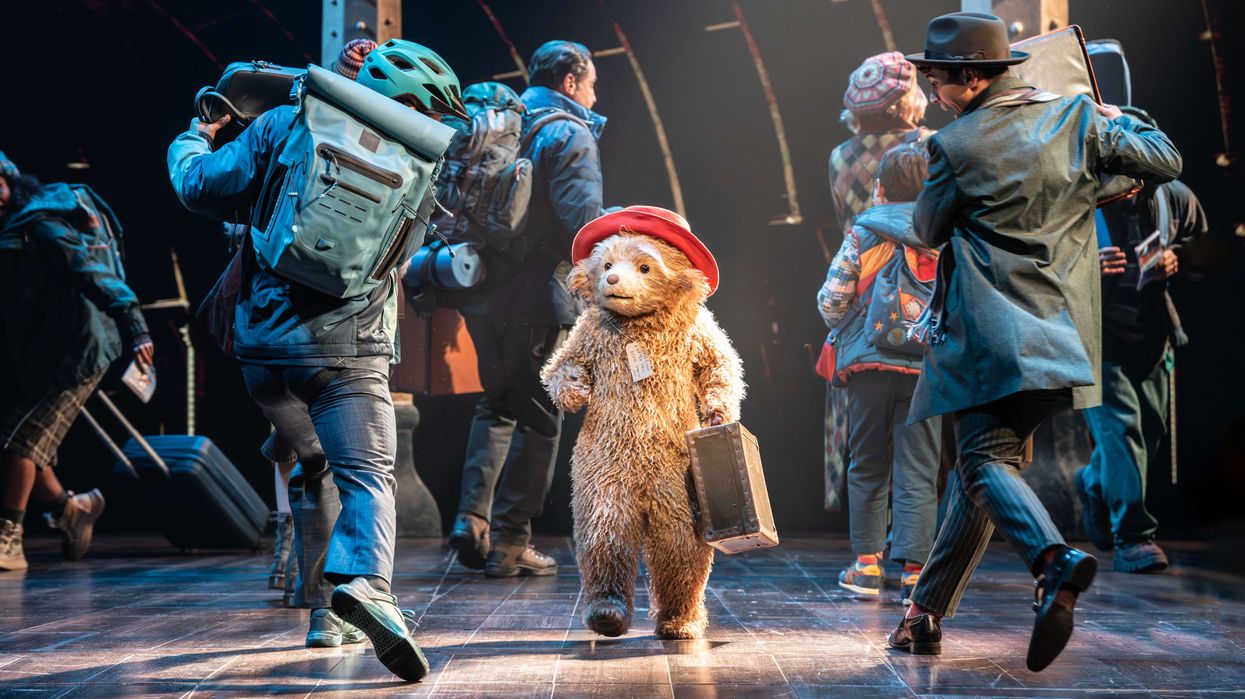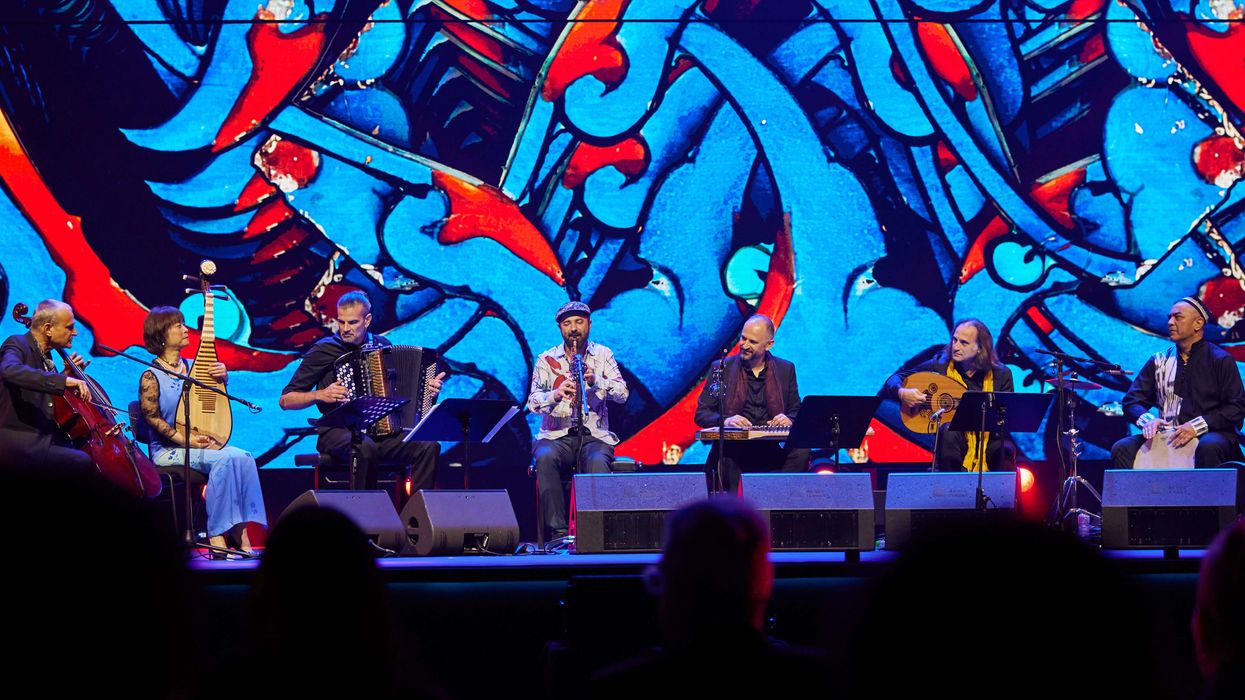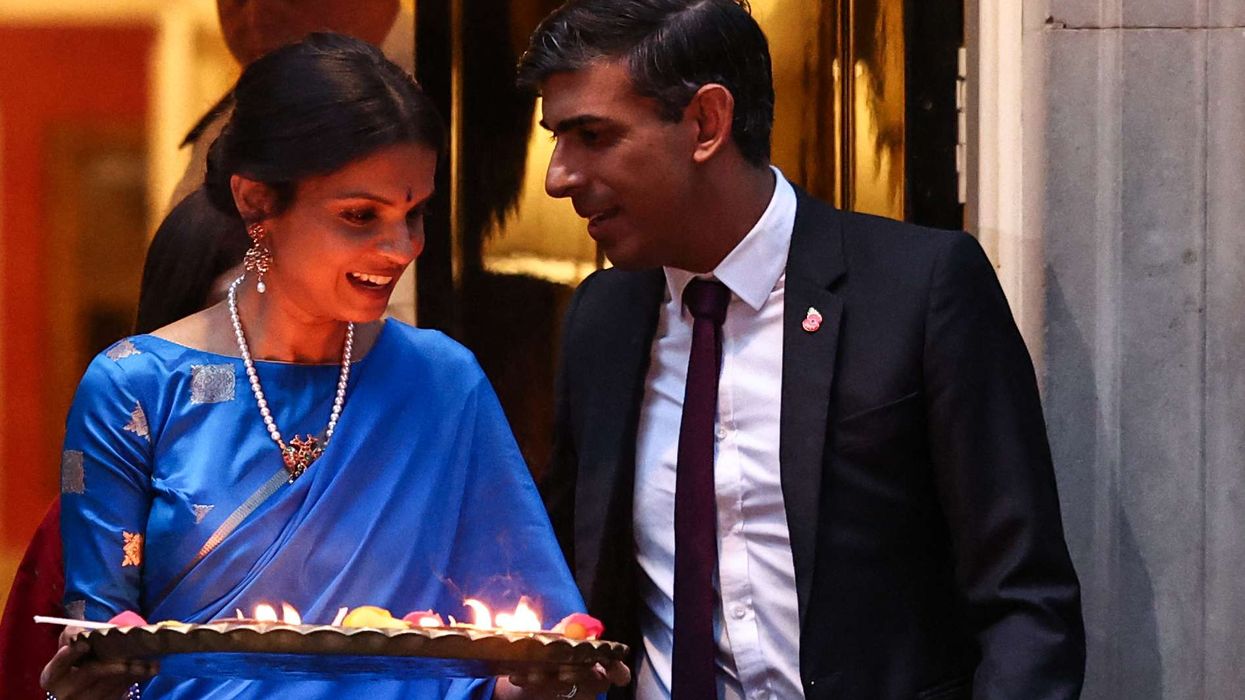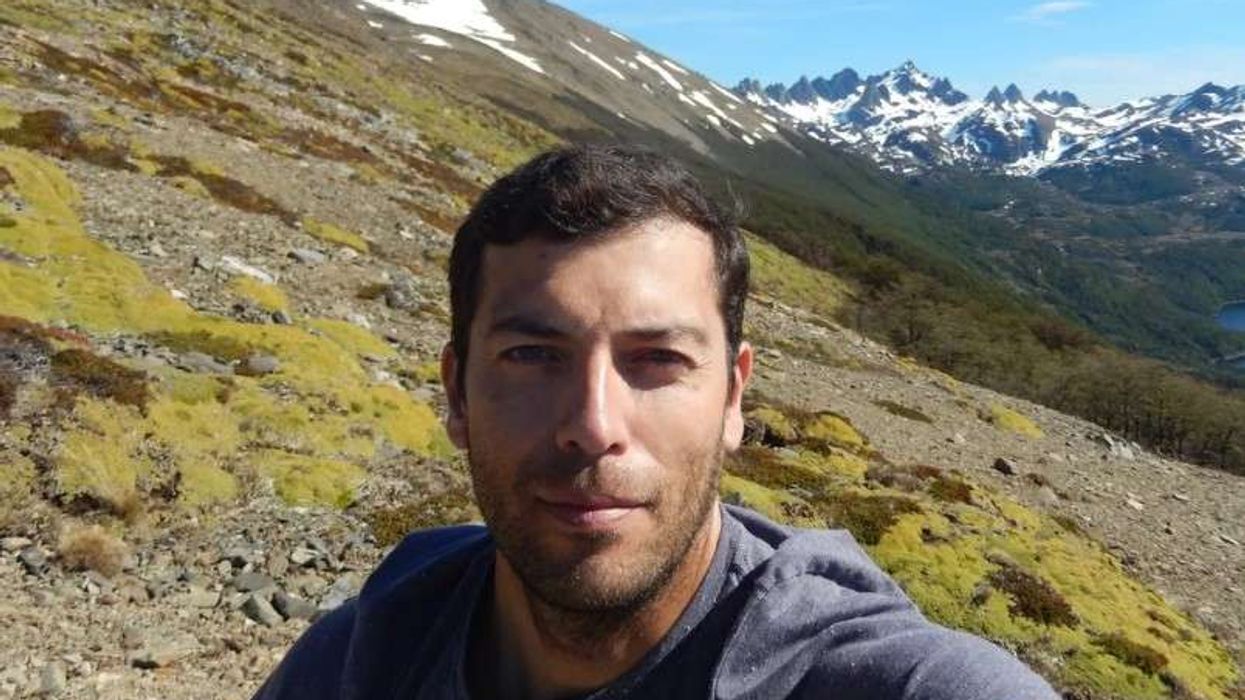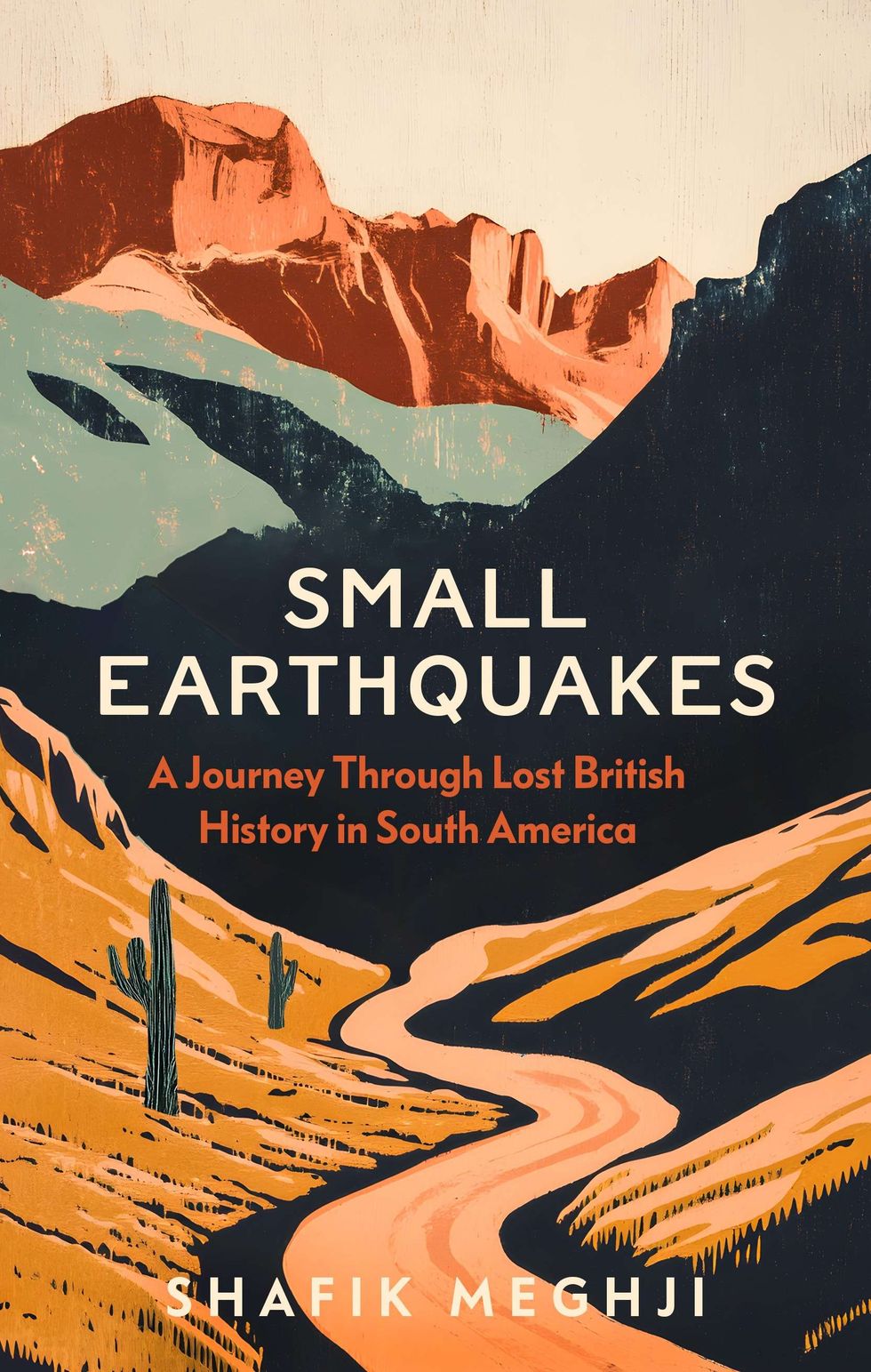When Jasbinder Bilan first paused her teaching career to pursue a creative writing degree, she had no idea it would lead to a life-changing breakthrough. What began as a leap of faith became a journey filled with hope, rejection and ultimately triumph. Inspired by her beloved grandmother and her Indian roots, Bilan poured her soul into her debut manuscript Song of the Mountain. Though the publishing world was not immediately ready for her story, perseverance paid off when she won the 2016 Times Chicken House Prize, launching her celebrated writing career. Now, following the success of her Costa Award-winning Asha and the Spirit Bird, Bilan returns with a powerful new historical adventure, Naeli and the Secret Song. In this exclusive interview, she speaks about the emotional inspiration behind the book, her love for young readers and the importance of believing in your voice — no matter how long it takes to be heard.
What first connected you to writing?
It was stories more than writing that were my first love. My grandmother, Majee, was the storyteller in our house and it was those bonding moments that sparked my love for creating my own stories. She told me lots of Indian folk tales at bedtime, but she also shared stories of our life in India on the farm near the foothills of the Himalaya. So, I grew up feeling connected to a place that I then filled with my imagination. As a little girl I loved drawing and writing, and always wanted to be a writer, but it took me a long time to make that dream come true.
What led you towards writing children’s books in particular?
Although I did not become a published author straight away, I became an English teacher. I was surrounded by children’s literature and of course by young people, so it felt like a natural fit to want to write stories for this age group. At each stage of development there are challenges, and the wonderful thing about stories is that as an author you can really help young people navigate an increasingly complex and difficult world. In each of my stories I create empathy and show my readers how they can be a little braver in their own worlds.
Which of your books is closest to your heart?
It has to be Asha and the Spirit Bird, because it is the book that made me a published author and the one inspired by my Majee, who I was very close to. It is also a celebration of my family roots.
Tell us about your new book.
My latest book, Naeli and the Secret Song, is another historical adventure with a musical twist. It is set in both Hyderabad, India, and England towards the middle of the 19th century. It follows my main character Naeli as she bravely boards a ship bound for Southampton, in search of her English father. The story has many twists and turns as she explores gas-lit London, armed with her precious violin. With help from a newfound friend, Jack, she follows faint clues that take her as far as the wilds of Northumberland. It is the song her papa taught her that propels her on her quest, and the strange Uncle Daniel she needs to escape.
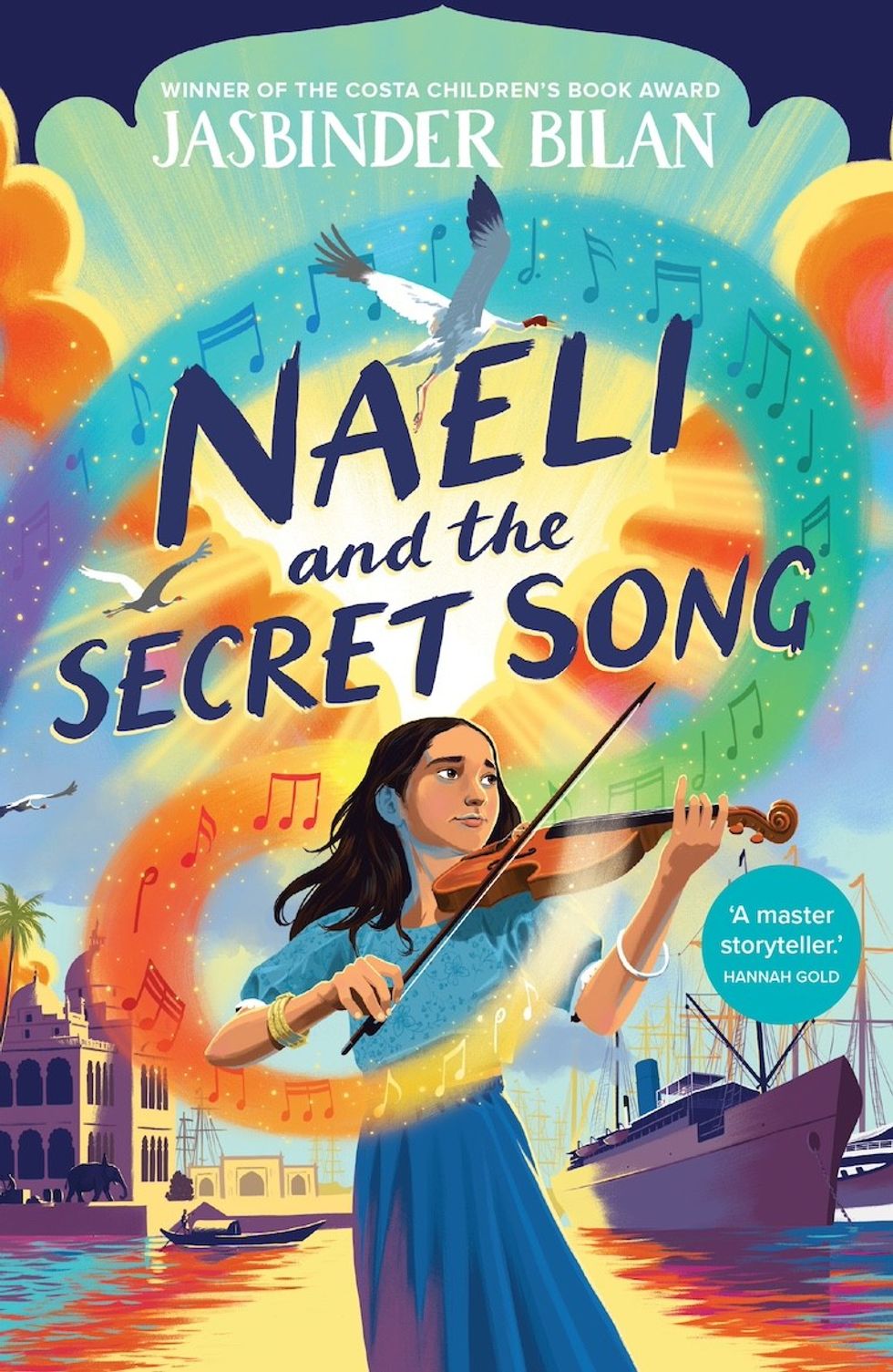
What inspired the story?
As with many of my stories, the inspiration comes from a very real source. India and Britain have been connected for many hundreds of years, and these connections, as well as being economic, have also been personal. I came across a collection of letters written by a girl called Mary Wilson. She was the daughter of Sir Henry Russell, an officer in the Indian Army. Her mother was Indian. When Sir Henry moved back to England, he arranged for Mary to go too, but he hid his identity from her. Although he supported her financially, he did not want her to know he was her father. These letters show how desperate she was to know him.
What happened next?
This gave me the idea for the story. I also wanted to shine a light on the love between the two nations. Hyderabad was a city full of music and literature, and culture is a great connector, so Naeli’s parents were brought together by their passion for music.
You always come up with really interesting titles. What inspired this one?
I was looking for a way into this story and came up with the idea of a family mystery hidden by a secret song. There are also misunderstandings in the story, family jealousies and some dastardly goings-on.
Is there a key message you want to convey with this particular book?
I wanted to show that the connections between India and Britain are long and strong. As well as the complexities of colonialism, this book explores the things that brought people together at the time. It also highlights the fact that Victorian Britain was a diverse place. I hope readers will see that period in history in a fresh light.
What, according to you, makes for a great children’s book?
I would say having characters the reader can identify with and root for. It has to be a page-turner and have an adventure at its heart. I also think there should be a surprise that takes readers to a place they have not been before and makes them think.
What advice would you give parents selecting a book for their children?
Try to let the child pick their own books rather than choosing for them. In this way they will develop their own tastes. Reading together is fantastic too. Parents also need to be role models – having family time when everyone reads is something to aim for.
What inspires you creatively?
I get my inspiration from lots of different places. I like to have an open mind, walk in nature, visit places and let my mind wander. I find walking my dog is a great way to relax and I usually start thinking of a new story. I have so many ideas — my only problem is finding the time to write them all!
Why do you love being a writer?
It was my childhood dream and I never thought someone like me could become a writer. I think of this and realise that if you want to do something, you just have to knock down the obstacles, not take no for an answer and keep going. It is my dream job and I love all the different aspects, especially meeting my readers. I have been lucky enough to have many ‘pinch me’ moments, such as being invited to Buckingham Palace and doing events for Queen Camilla.
Naeli and the Secret Song by Jasbinder Bilan (£7.99, Chicken House) is available now.


